MAC says virtual camps getting repeat customers - ‘a sign they’re enjoying the experience’

Like many other businesses and organizations, the Northwest Museum of Arts and Culture had to rethink how it did business as the COVID-19 pandemic picked up steam this spring.
One new program that came from discussions on how to keep educating people was a completely virtual summer camp program designed for students in second to fifth grades .
In any other year children would have been visiting the museum’s Browne’s Addition campus to do hands-on projects linked to the exhibits on display, said Katie Staib, the museum’s director of education. This year the decision was made early on to make all the camps virtual.
“We felt like it was a priority,” Staib said.
There was hope that the museum wouldn’t be closed long, but the decision was made to make all the camps virtual in order to make planning easier. That turned out to be the best decision.
“We’re thankful we did make that plan because we were never able to open,” she said.
The museum offers a mix of day camps and weeklong camps. New sessions were just added to the schedule in September so more people have the opportunity to sign up, Staib said.
One of the more popular camps has been the “Get Messy” camp, which says children can “squish, splatter and stomp your way into art as you explore printing, painting and clay molding.” The “Blow Your Top” camp on volcanoes was designed to go along with the museum’s exhibit on Mount St. Helens.
One of the weeklong camps, called “Nature-Made” camp, uses supplies found in nature to do printmaking, dyeing, weaving and beadwork.
Once a student is registered, parents will get an email announcing when they can pick up the materials for the camp. Students are given links to an online video and other resources, printed instructions and the physical materials they need to make the project.
Staib said her staff has worked to make the videos seem like the student is almost there in person.
“We’ve done that as much as we can so it feels like an engaging experience,” she said. “We’ve learned a lot, I think, during the process.”
Each camp is tied to a specific day with a registration deadline coming a few days before. But Staib said students will not be limited to when they can actually do the camps. The links will remain live past the official camp dates.
“People can do them on the weekend,” she said. “I want people to be able to do them at their convenience.”
While the camps are designed for students in grades 2-5, Staib said she has received calls from parents of younger children wondering if they can use the materials as well. Some camps, like the “Get Messy” camp, would work well for younger children with active parent participation, Staib said. “We’re finding there’s an interest beyond what we’ve created for specific age groups,” she said.
The cost helps cover the camp supplies.
“There’s a lot of staff time that goes into creating these, plus the materials,” Staib said.
She said she has been working to get the word out about the new program and has been pleased by the community response to the virtual camps.
“I think of it like a new business,” she said. “It’s a new model. Word of mouth is going to be huge for us.”
Students who have signed up for the camps appear to be having a good time.
“We’ve had some kiddos sign up and then sign up for more after the first one,” Staib said. “That’s a sign that they’re enjoying the experience.”
The virtual camps have been successful enough that Staib said the museum might still offer them once things return to normal.
“I think there’s an opportunity to continue to engage in that way,” she said.
She encourages parents and students to give the virtual camps a try.
“We can all use a little creativity right now,” she said.